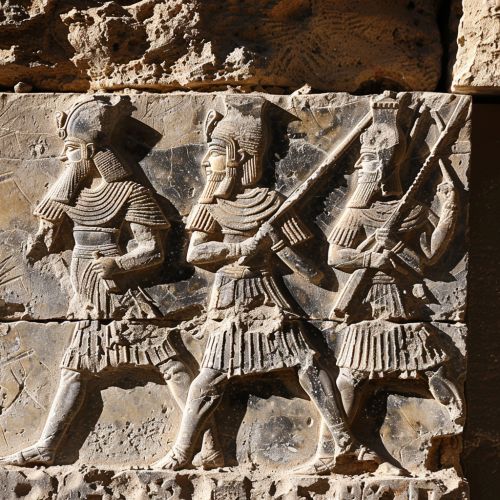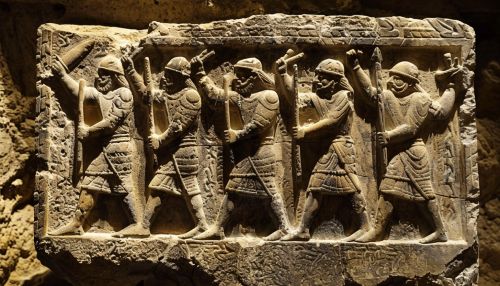Kassites
Origins
The Kassites were an ancient people who gained control of Babylonia after the fall of the Old Babylonian Empire in 1595 BC. The origins of the Kassites are not well known, but they are believed to have come from the Zagros Mountains region, located in what is now Iran. The Kassites were not Semitic, and they did not speak a Semitic language. Instead, they spoke a language that is not related to any known language group.
Ascendancy to Power
The Kassites rose to power in Babylonia following the sack of the city by the Hittites. The Hittites did not attempt to rule Babylonia directly, and the Kassites were able to establish themselves as the rulers of the region. The first Kassite king of Babylonia was Agum II, who reigned from around 1595 BC to 1548 BC.


Kassite Dynasty
The Kassite dynasty in Babylonia lasted for about 400 years, from 1595 BC to 1155 BC. This was one of the longest dynasties in Mesopotamian history. The Kassite kings were able to maintain their power for such a long time because they adopted many of the administrative practices of the Old Babylonian Empire, and they were able to keep the local Babylonian population largely content.
Culture and Society
The Kassites adopted many aspects of Babylonian culture, including the Babylonian religion and the use of the Akkadian language for official documents. However, they also maintained some of their own cultural practices. For example, they continued to use their own language for some purposes, and they maintained their own religious practices alongside the Babylonian ones.
Decline and Fall
The Kassite dynasty in Babylonia ended in 1155 BC, when the Elamites sacked Babylon and established their own rule over the region. However, the Kassites did not disappear entirely. They continued to live in the region, and they maintained some degree of political power in certain areas.
Legacy
The Kassites left a significant legacy in the region. They were responsible for many building projects in Babylon and other cities, and they made important contributions to the development of Babylonian law. The Kassite period is also notable for the increased use of kudurru, or boundary stones, which were used to mark land grants made by the king. These stones provide important historical and linguistic information.
